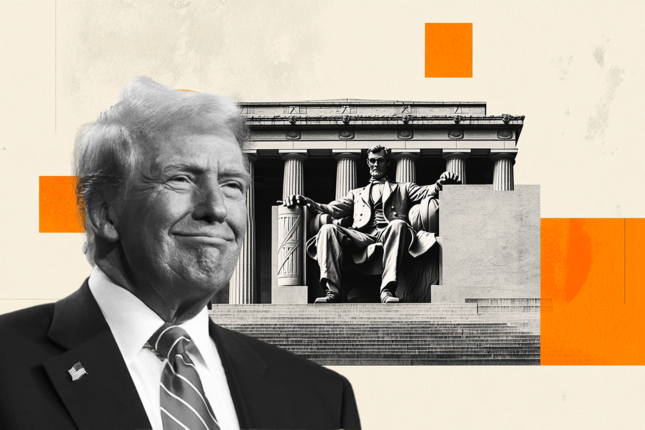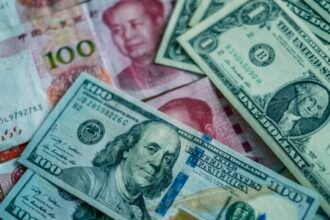Markets regain their balance
Less than a day after suffering a severe bout of vertigo, traders found their footing — or at least a semblance of it. Stocks and gold both clawed higher, bonds were dumped, and Bitcoin — that perennial barometer of animal spirits — bounced hard off its bear-market lows, like a diver who hit bottom and kicked back toward the surface.
The ADP report and ISM services print told a tale of resilience: the U.S. labour market hasn’t cracked, and tariffs — once the bogeyman haunting boardrooms — now barely register in executive commentary. Prices Paid were still sticky, but the overall tone was one of digestion rather than distress. The market seems to be settling into its Trump 2.0 rhythm: slower growth, still expansionary, and threaded with just enough policy noise to keep traders engaged.
Meanwhile, in the pipes and conduits of the system — the real plumbing where liquidity flows — the earlier pressure eased slightly. SOFR spreads remain elevated, repo usage still hums, but the panic that flared last week has cooled. The front-end tightness has become a ripple, not a riptide. That minor distinction is everything for risk sentiment: it allows equities to exhale.
Small caps led the rebound, a reminder that beneath the towering shadows of the Mag7, the rest of the market can still move. But by the close, the glamour names faded — the late-day weakness in tech spoiled what could have been a clean relief rally. The Dow held up while the Nasdaq showed some heart, suggesting that breadth, at least for a day, was trying to widen.

Data from MarketWatch
Investors were also watching Washington closely. The Supreme Court spent Wednesday parsing the legality of President Trump’s tariffs, questioning whether the administration had the authority to impose them under the International Emergency Economic Powers Act. Both conservative and liberal justices pressed Solicitor General D. John Sauer for justification, signalling that even within the Court, there’s unease about the breadth of executive trade powers. That was enough to set off tremors in the prediction markets — Polymarket odds of the tariffs surviving the ruling plunged, with traders now pricing in a clear chance that the Court could strike down or sharply limit Trump’s authority.

That perception alone reshaped flows across desks. Trade-sensitive stocks caught a strong bid — GM, Ford, and Williams Sonoma all rose more than 2% — while hedge funds were modest net buyers, and long-onlys used the bounce to lighten up into strength. For a market starving for narrative stability, the notion that tariff risk might be fading gave traders something to anchor to, even if temporarily.
Every sector closed green, yet it didn’t feel like a full-risk chase. Treasury yields moved sharply higher — the 10-year touched a one-month high, the 30-year jumped eight basis points — as rate-cut odds faded further after Powell’s latest remarks (and Trump’s familiar insult of the day, calling him a “nincompoop”).
Gold found a bid but couldn’t reclaim the $4,000 Maginot Line — that psychological frontier where fear meets conviction. Crude oil dipped below $60 as the energy sector lost its footing due to supply concerns following an unexpected inventory report build. Bitcoin, meanwhile, fell more than 20% from its highs before catching support at the round $100k handle, finding a technical floor that steadied the broader momentum tone.
The macro data hinted at margin pressure. ISM’s Prices Paid rose, yet S&P PMI cost indicators eased — a mixed signal suggesting pricing power is waning even as inputs stay firm. Corporate America isn’t yet in trouble, but the slope of operating margins is quietly rolling over. For now, AI-fueled euphoria continues to mask the drift — the Mag7s remain the oxygen line for an otherwise winded market.
So where does that leave us? Somewhere between exhaustion and re-accumulation. The market hasn’t rotated out of momentum — not yet — but yesterday’s flash of fear reminded traders that even the strongest narratives can wobble. The buy-the-dip instinct remains alive, but the tone feels more cautious now, less manic, more measured.
Trader View: They bought the dip — of course they did — but the market’s confidence has softened around the edges. The sea may have calmed, but the horizon is still uncertain, and the tide, as always, has the final say.

















